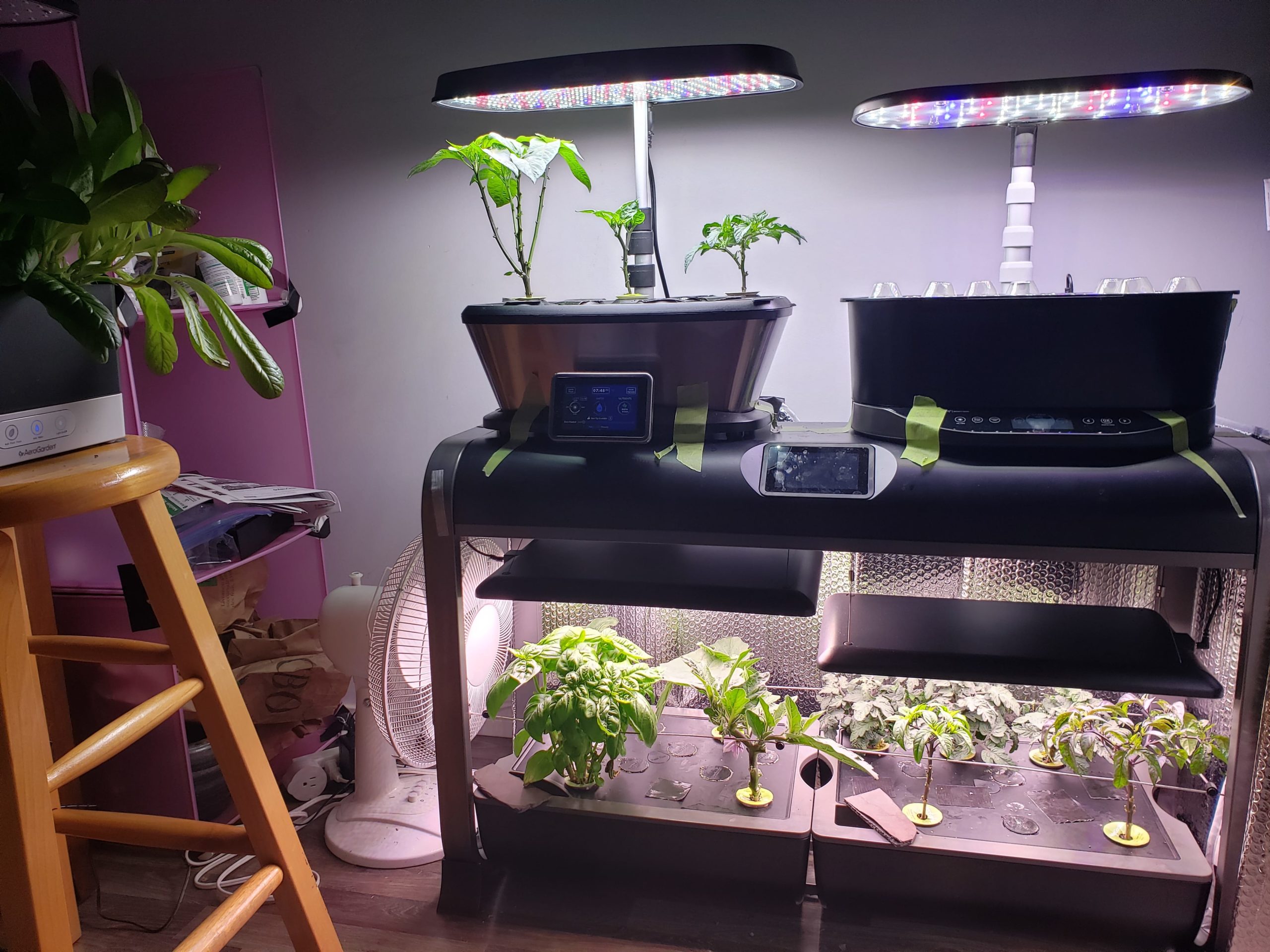Growing plants hydroponically has never been easier.
There are dozens of hydroponic systems that are perfect for not only the experienced commercial grower but also the inexperienced household gardener.
In today’s article, we’re going to take a look at the best plants to grow hydroponically.
We’ll start with the easy stuff and work our way up to more difficult plants – like specific berries – which may be somewhat of a headache!
Table of Contents:
Easy Hydroponic Plants
If you’re just starting out with hydroponics, don’t get too ambitious right off the bat; avoid growing berries or exotic plants.
Stick with the basic herbs and vegetables that we list below.
Herbs can be grown in small, automated or DIY Aeroponic or Deep Water Culture (DWC) units while berries almost certainly need an elevated hydroponic unit where plant stems are facing downwards.
Hydroponic Herbs
| Herbs | Germinate | Cuttings |
|---|---|---|
| 1. Basil | Possible | Easy |
| 2. Dill | Possible | Easy |
| 3. Borage | Possible | Easy |
| 4. Sorrel | Possible | Possible |
| 5. Cilantro | Possible | Easy |
| 6. Tarragon | No | Easy |
| 7. Mint | Possible | Easy |
| 8. Rosemary | Possible | Easy |
| 9. Lavender | Possible | Possible |
| 10. Parsley | Possible | Easy |
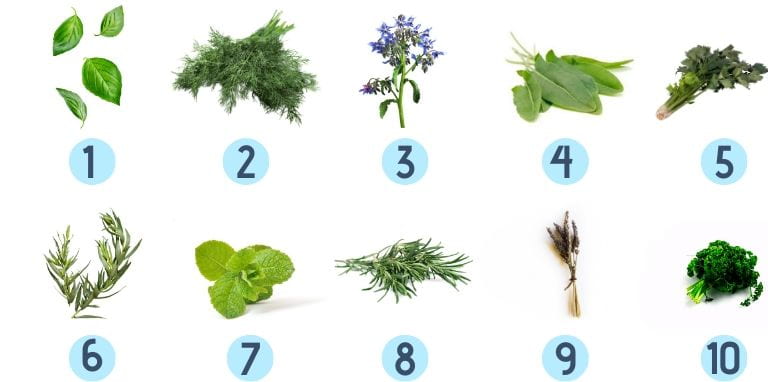
Growing herbs hydroponically is relatively easy. You can use an automated hydroponics kit or create a very simply DIY design using mason jars or a soda bottle.
Because herbs are relatively small, it makes them a great first plant for any style of hydroponics – whether you’re using an Aeroponic, Deep Water Culture, or Nutrient Film Technique system.
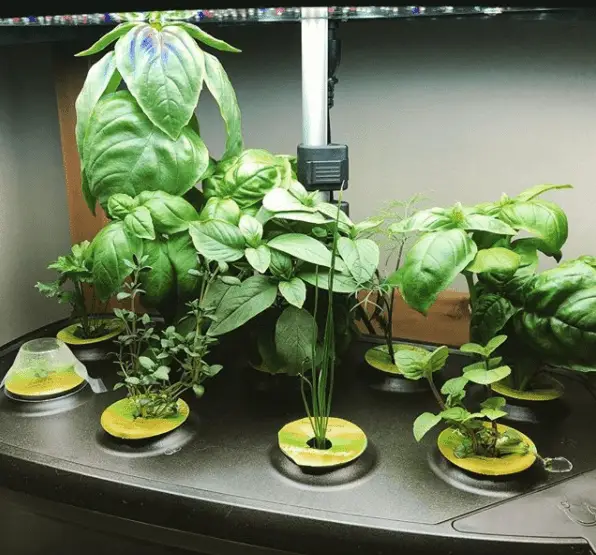
When experimenting with a hydroponic technique that I’m not familiar with, I’ll often start with Basil, Cilantro, and Mint.
These are diverse herbs that are remarkably easy to grow from either seeds or cuttings.
For hydroponic herbs, you want to use a growing media that is lightweight, porous, and supports plant roots against the force of recirculating nutrient solution water.
Ideal Growing Media for Hydroponics:
- Coconut Coir
- Rockwool
- Parboiled Rice Hulls
Hydroponic Vegetables
| Vegetables | Germintate | Cuttings | Best Technique |
|---|---|---|---|
| 1. Lettuce | Possible | Easy | Aeroponics |
| 2. Mustard | Possible | Easy | DWC |
| 3. Celery | Possible | Easy | DWC |
| 4. Cucumber | Possible | Easy | Aeroponics/DWC |
| 5. Tomato | Possible | Easy | Aeroponics/DWC |
| 6. Onion | Possible | Possible | DWC |
| 7. Radish | Possible | Easy | DWC |
| 8. Collard | Possible | Easy | Aeroponics/DWC |
| 9. Fennel | Possible | Easy | Aeroponics/DWC |
| 10. Peas | Possible | Possible | NFT |
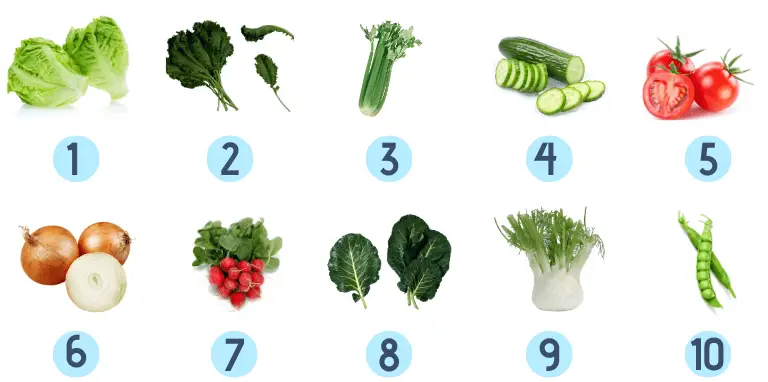
Oh, by the way, a tomato is considered to be both a fruit and a vegetable.
In technical terms – as a botanical classification – the tomato is a fruit.
But most of us (including nutritionists) regard it as a vegetable. So for this article, the tomato is a vegetable!
Like herbs, vegetables are a breeze to grow hydroponically.
If you’re just a household gardener, I’d recommend using either an Aeroponic or Deep Water Culture (DWC) system.
For commercial growers, the Nutrient Film Technique (NFT) can be ideal, although, this system does take up a lot of space and sucks up a lot of energy.
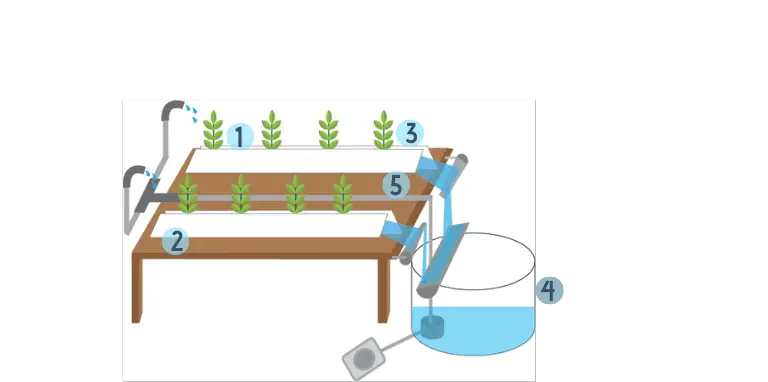
Lettuce, cucumbers, and tomatoes are a surprisingly simple grow – peas and onions can be somewhat of a headache and are fairly water-intensive.
Hydroponic Berries
| Berries | Germinate | Cuttings | Best Technique |
|---|---|---|---|
| 1. Strawberries | Yes, From Runners | Yes | Ebb & Flow |
| 2. Cranberries | No | Yes | Drip |
| 3. Blueberries | No | Yes | Drip |
| 4. Raspberries | No | Yes | Drip |
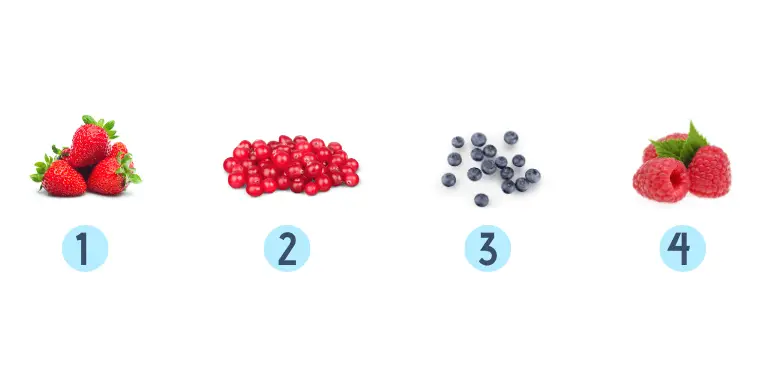
Due to the specific water needs, the way that plant roots need to be positioned, and the time needed for proper development, berries are by far the most difficult type of plant to grow hydroponically.
However, strawberries are perhaps the easiest to cultivate hydroponically out of all the berries that we’ve listed. Here’s why:
- They’re fairly small.
- Are widely available as runners (pre-conditioned).
- And are inexpensive.
Cranberries, raspberries, and blueberries on the other hand are very rarely grown hydroponically but that doesn’t mean that they can’t be.
These berries must be grown in an elevated setting, usually with some kind of drip system, like the NFT technique.
With that being said, the NFT technique takes up a lot of space and is fairly difficult to set up – it’s certainly not beginner-friendly – it’s for this reason that most berries should simply be cultivated with soil.

